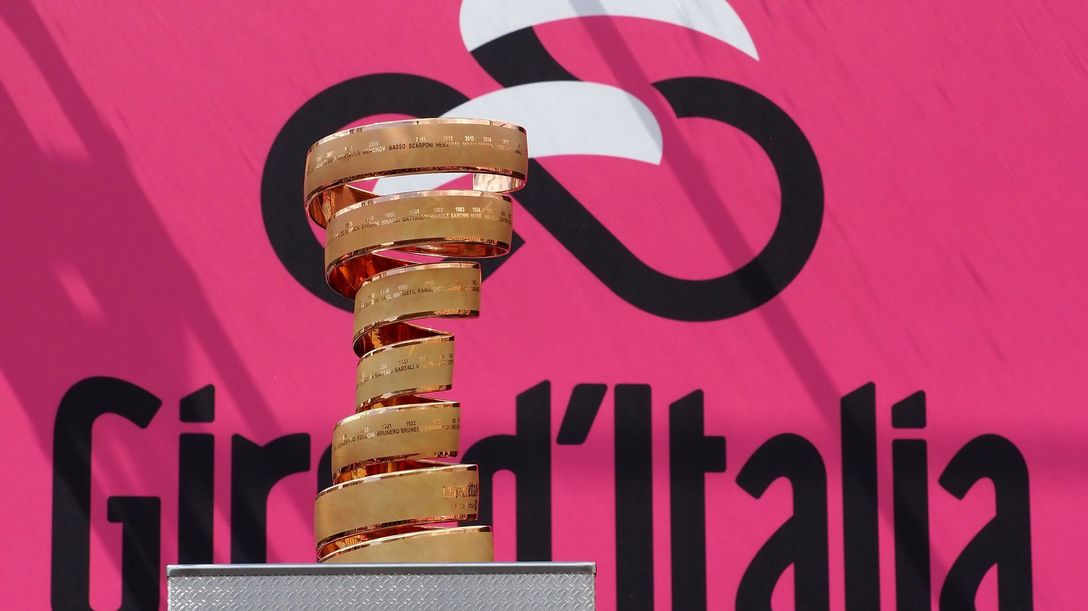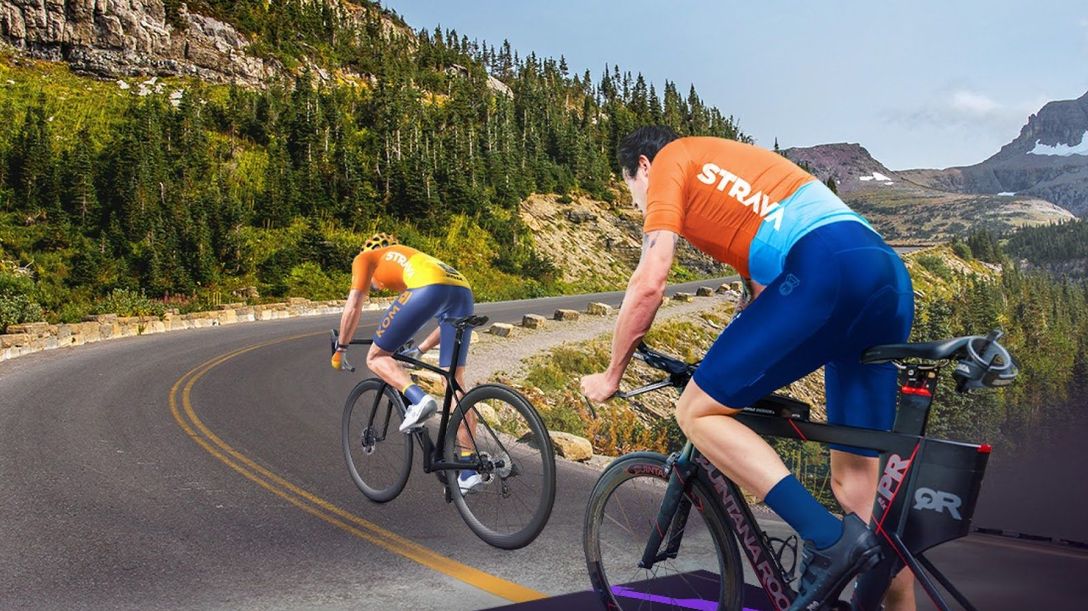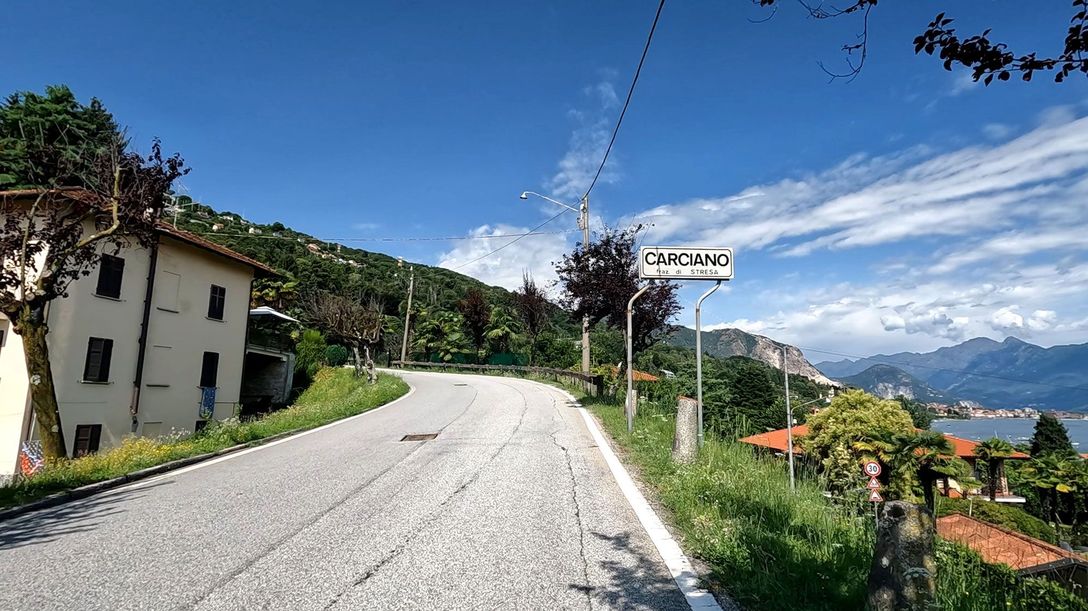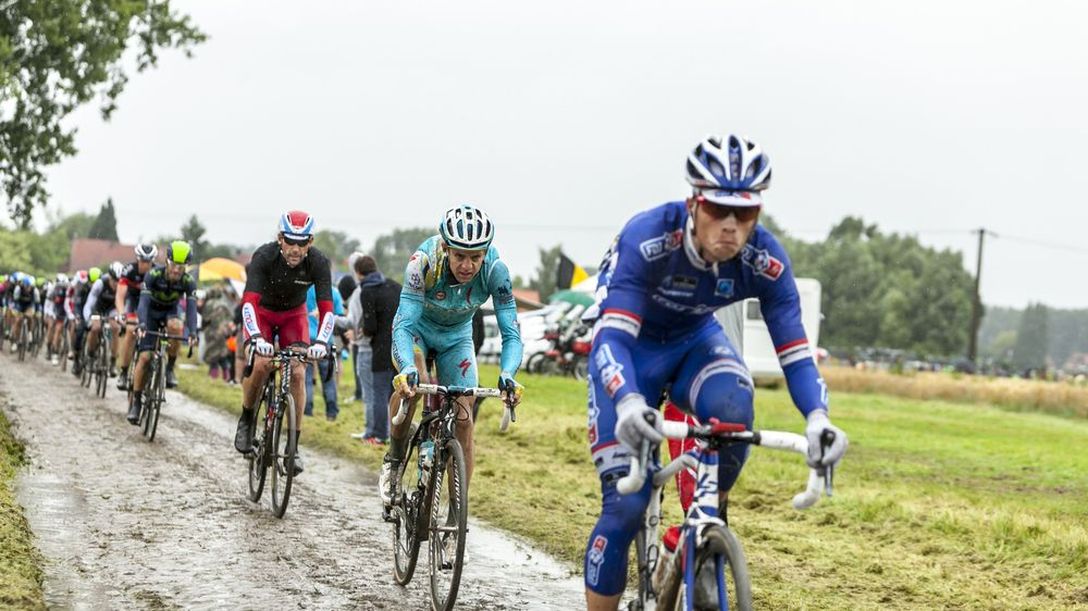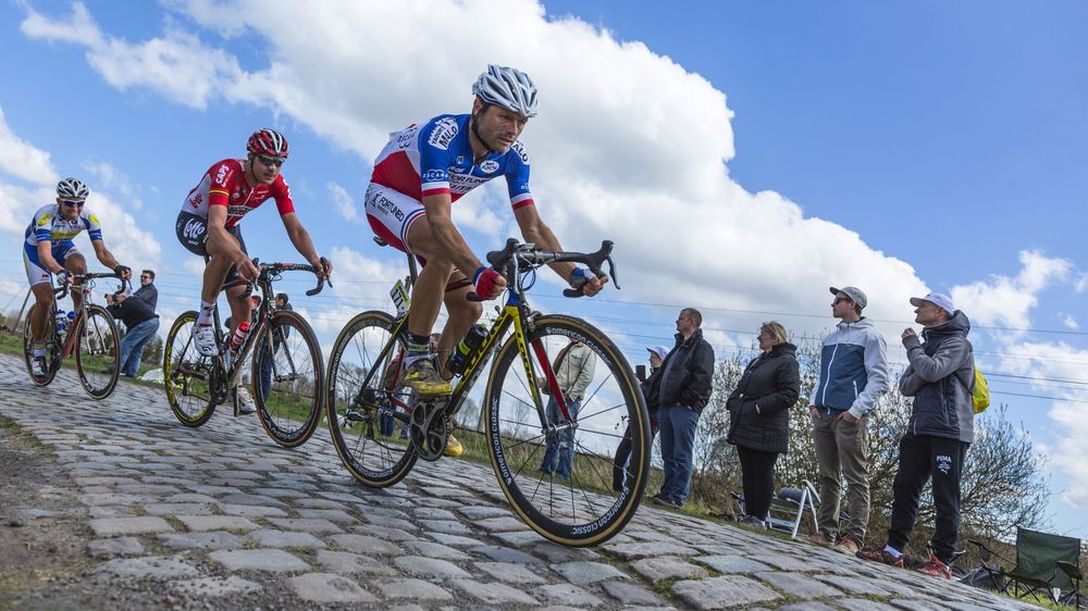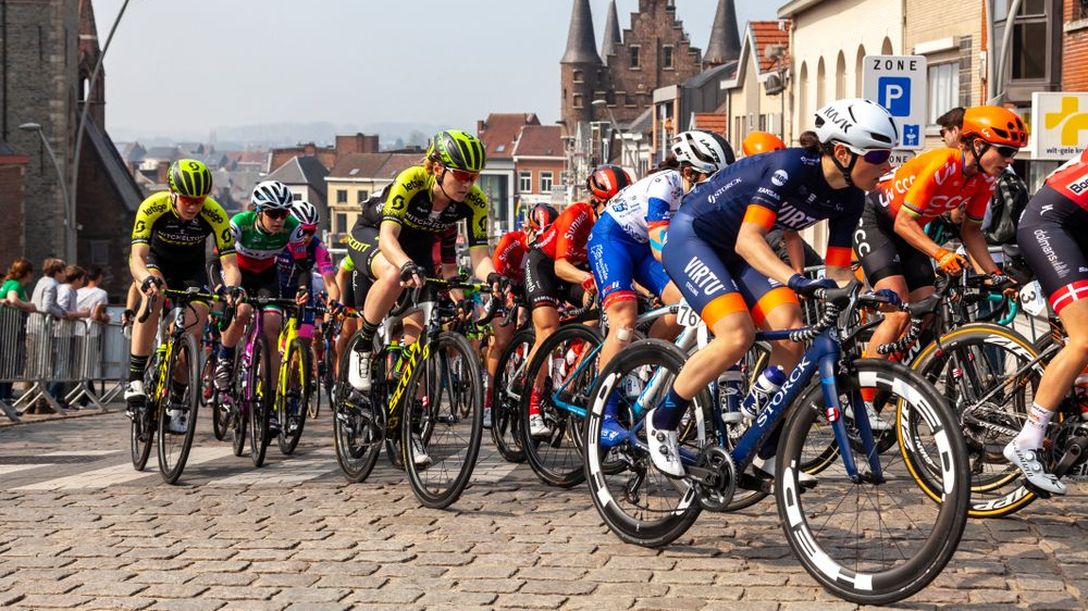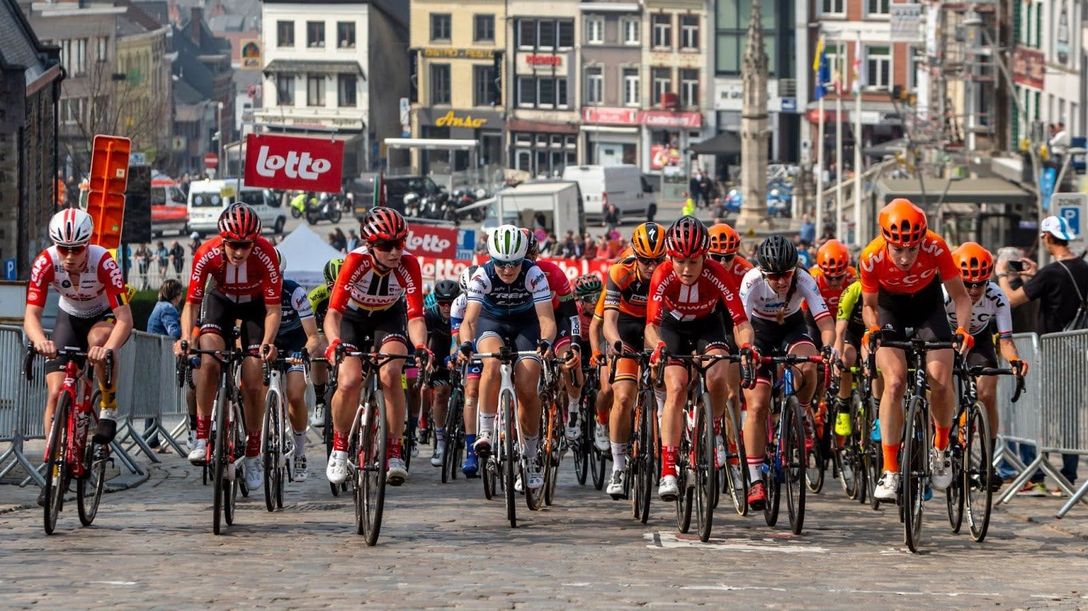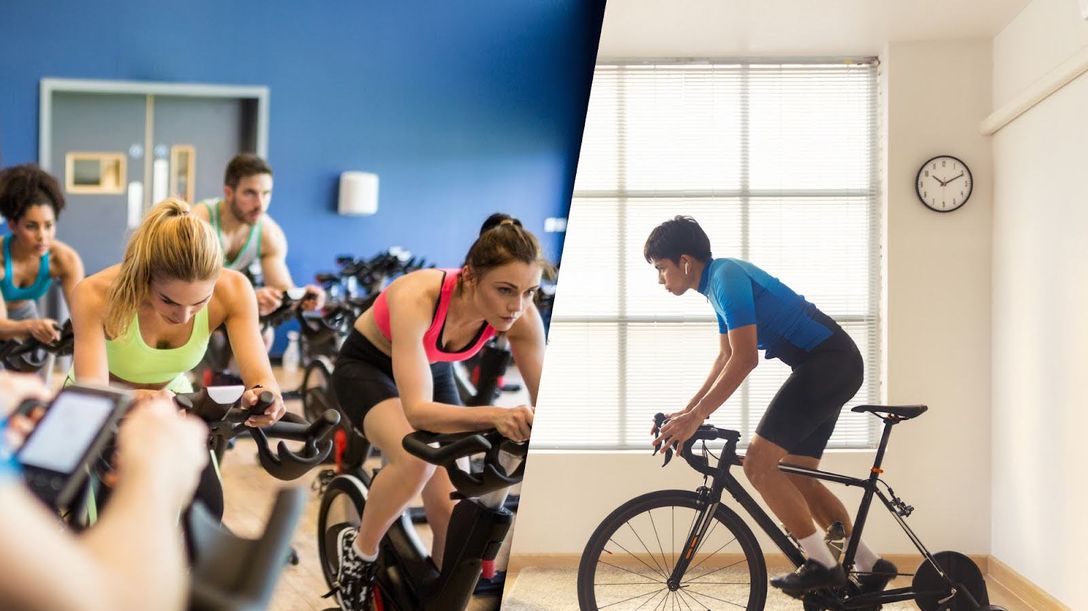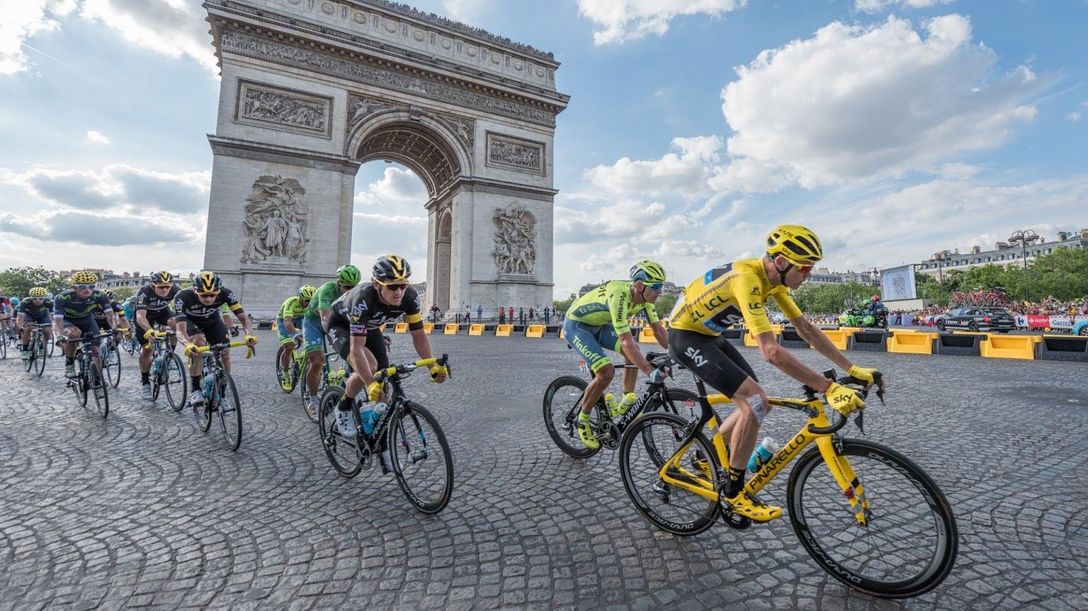3/15/2024 – Mark Nessmith
Get the most out of your ROUVY rides with Strava Live Segments
ROUVY and Strava, the leading social platform for athletes, have joined forces to bring Live Segments to indoor cycling. Turn up the power to beat your own personal record (PR), or maybe even earn the title of King or Queen of the Mountain!
